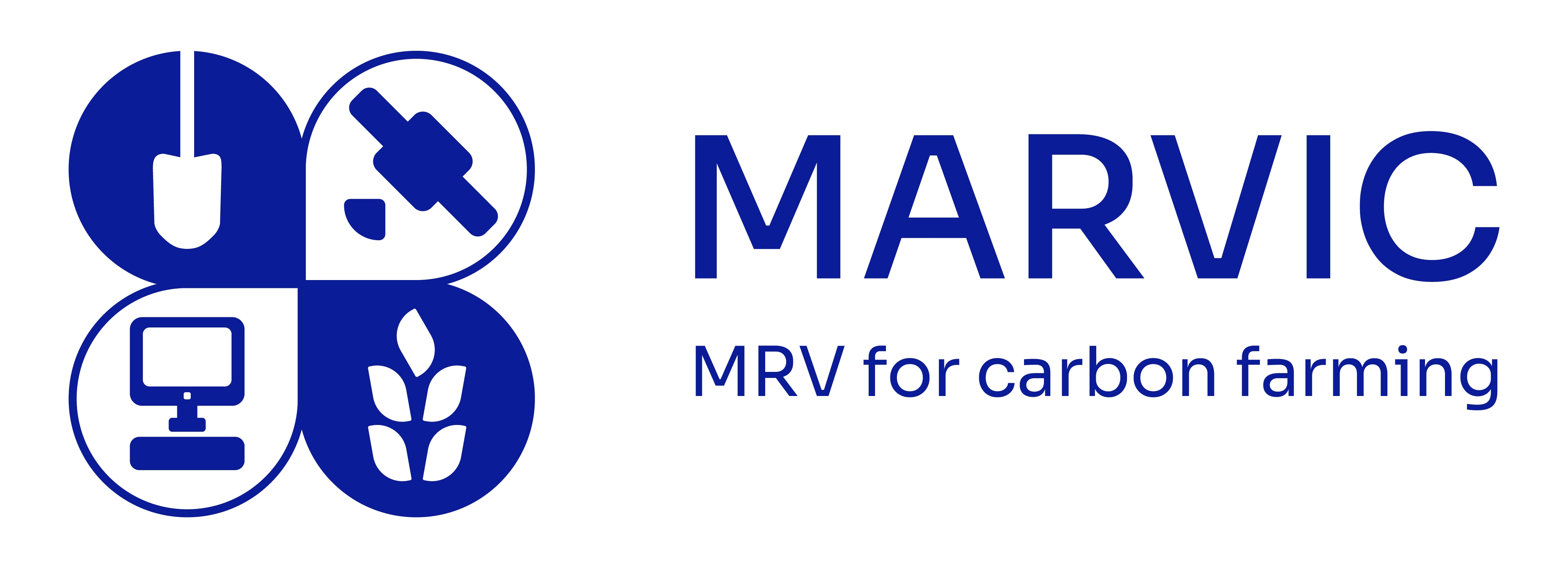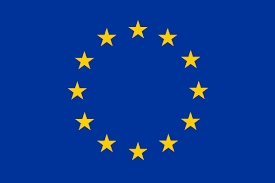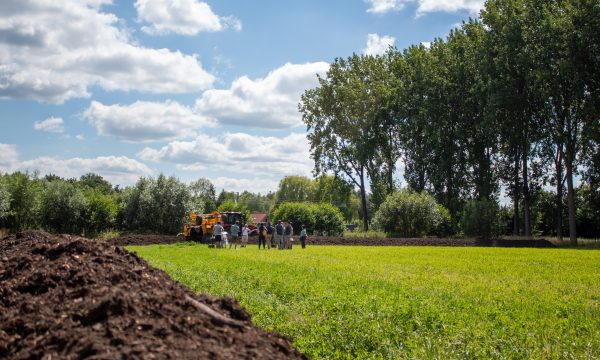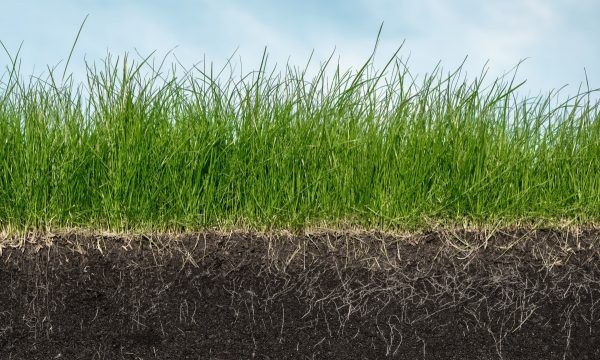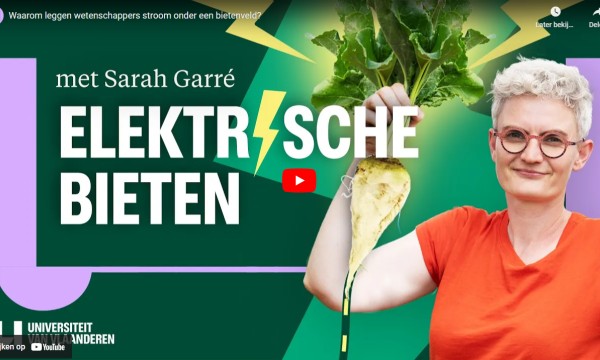Press release Reliable and cost-effective monitoring of carbon sequestration by carbon agriculture?
Carbon agriculture aims to sequester carbon in soil and woody biomass as a win-win for farmer, climate and society. Carbon agriculture allows the farmer to both work on soil health and receive compensation to remove CO2 from the atmosphere. The crucial question is: HOW do you get the effect of carbon farming practices quantified, proven and accountable in a way that is sufficiently accurate but financially and administratively feasible, and in such a way that the method(s) can adapt to the local farming context and remain fair to different farming systems? In other words, how can we efficiently monitor, report and verify (MRV) changes in soil carbon stocks and greenhouse gas (GHG) emissions from soil? These questions are getting answers in the large-scale European research project MARVIC, coordinated by ILVO. Sixteen knowledge organizations from 12 EU countries are working together in MARVIC.
Concretization of legal requirements
The EU wants to scale up carbon farming and its revenue model by trading carbon certificates. To gain trust in the market and avoid greenwashing, the EU is working on a regulation for certification* of carbon removal, the so-called Carbon Removal Certification Framework (CRCF). To meet a European quality mark, carbon certificates will have to meet established QU.A.L.ITY criteria. The criteria cover accurate and robust monitoring, uniform rules for additionality, long-term carbon storage (and the risk that carbon storage is not permanent) and the sustainability of carbon farming practices. In addition, rules are also being developed on whether or not other greenhouse gas emissions should be taken into account. While politicians work on the basics, MARVIC is exploring how to make calculation methods concrete.
So it's an MRV Framework
Europe is seeking proposals from the research community to make monitoring, reporting and verification (MRV) of carbon removal practical, reliable (i.e. with real impact) and affordable.
Greet Ruysschaert, ILVO soil scientist and coordinator of MARVIC: "Every existing and future private and public organization in Europe that issues carbon certificates will get through our MARVIC work a guiding framework to develop its MRV methods according to the European QU.A.L.ITY criteria meet, with enough standardization and at the same time appropriate to the local agricultural context. We are aware of the difficult three-way balance we have to find, between cost and accuracy and minimum administrative burden."
Measuring or modeling or a mix
Carbon storage is a slow process and it is a challenge to start accurately measuring the evolution of carbon storage everywhere (via soil analyses or scans at specific times and frequencies). Instead of measuring (continuously), one can also use estimation models. In that case, one calculates the approximate evolution of carbon stocks in the soil via mathematical models. These run on data about soil conditions, applied agricultural practices, crop and rotation choices, etc. The disadvantage is that they require a lot of digitized data on management. To achieve accurate yet cost-effective MRV systems with minimal administrative burden, MARVIC is exploring the smart integration of various building blocks - including models, sampling strategies, satellite imagery, benchmark locations, existing map layers and already available farm data.
Challenges in monitoring: fair and adapted to (local) differences
The European agricultural landscape is diverse. There is a wide variety of , cropping systems, soils, farm types and management practices. The size of fields and farms, the extent to which farms are already digitized, and the amount of locally available data and local legislation also vary. The MARVIC project addresses this complexity by already helping four major agricultural LUSTs (Land Use X Soil Types) get MRV rules: cropland, grassland, agroforestry/hardy crops and managed peatland. Each of these land uses possess its own potential for carbon agriculture. The researchers are testing the extent to which LUST-specific MRV systems require adaptation to the local context. This is done through research work in 12 different countries across Europe.
The likelihood of successful carbon sequestration does not depend solely on the efforts of the farmer. It is the soil properties that help determine how much carbon can be stored for a given land use. So there is an intrinsically unequal initial situation. Second is the expectation that some carbon farming systems or funders may operate across systems and/or in multiple countries and regions. From this follows the need for unified MRV methods to capture and honor carbon sequestration in different carbon farming environments.Hui Xu (ILVO researcher and MARVIC project manager): ''MRV ground rules must be fair to farmers with different starting positions, and they must strike a balance between taking into account a local context and remaining workable for both small-scale carbon farming organizations and international initiatives.''
Focus in Flanders on cropland and agroforestry
The Flemish research team within MARVIC focuses on methods for monitoring carbon sequestration in cropland and agroforestry.
On cropland, there is potential to store carbon in the soil by introducing intensive rooting crops and perennial crops, such as temporary grassland and grass-clover, into the rotation, limiting fallow periods and by maximizing green cover and applying stable organic fertilizers (farmyard manure or compost). Agroforestry (forest agriculture) integrates trees or shrubs on cropland or grassland, thus storing carbon both in the woody biomass and in the soil. C-storage potential depends on tree and crop species, planting context, soil conditions and management practices, among others. The great diversity within agroforestry makes the development of monitoring systems challenging.Four years of study ahead
MARVIC is a Horizon Europe Soil Mission project that runs from 2023 to 2027. The participating countries are Belgium, the Netherlands, Germany, France, Ireland, Spain, Italy, Denmark, Finland, Estonia, Switzerland and the Czech Republic. The researchers have very diverse expertise at their fingertips in Europe.
Each country examines how MRV systems should be adapted to the local context. This creates a global view on the different opportunities and needs throughout Europe. MARVIC cooperates intensively with its sister project MRV4SOC, in which, among others, the University of Antwerp participates.
Want to stay informed?
Visit the project website https://www.project-marvic.eu/ and sign up for the newsletter.
